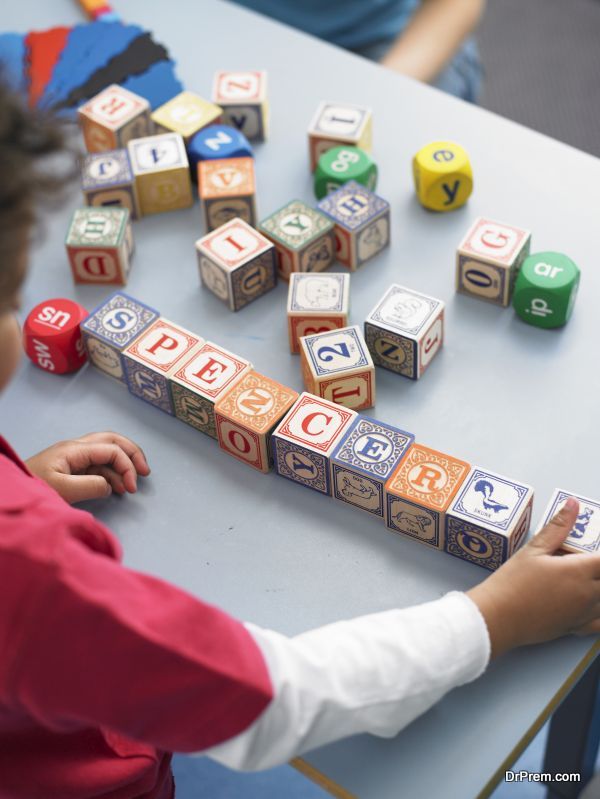Occupational therapy helps patients to recover or acquire the necessary skills for activities of daily living, including self-care, recreation, independent living and work. Therapists work in hospitals, in schools, in nursing homes, in clinics, and with patients in their own homes.
Patients who receive occupational therapy, or OT, include people who have had strokes, people diagnosed with autism spectrum disorder or with other developmental disorders, people recovering from certain major surgeries (including hip replacements), people who suffer from clinical depression or anxiety, as well as veterans and the elderly.
History and objectives
Modern occupational therapy has its roots in the late nineteenth century, when arts and crafts therapists began working in hospitals, using practical, hands-on activities to engage patients who suffered from both mental and physical illnesses.
This focus on rehabilitation therapy not only of the body but also the mind, defines occupational therapy outside the realms of physical therapy. Physical therapy focuses on body strength and the ability to move, while occupational therapy is concerned about the overall function. The “occupation” of this therapy simply refers to the normal activities of life — from brushing teeth to cooking dinner.
What does an occupational therapist do?
Occupational therapists work with people who have suffered traumatic brain injuries and can help with both short-term and long-term rehabilitation. Pediatric occupational therapists work with children in hospital and clinical facilities as well as schools, aside from parents and caregivers by educating them on the best ways to ensure the healthy development of children.
At Simone Friedman occupational therapy in Toronto, focus is spread over several specific areas. Experts do amazing job in refining the fine motor skills — including those that involve the small muscles of the body that govern functions such as handwriting, grasping small objects, and fastening clothing. The therapists can also help with:
- Developing mature grasp patterns when handling writing utensils,
- Improving the fundamental skills required for accurate, higher-level printing,
- Improving letter formation (such as capital and lowercase lettering), and
- Improving legibility of writing (focusing on size, line placement, spacing, and speed).
Activities of daily living are another area of focus, and include activities we all do to take care of ourselves and our bodies on a daily basis. In this capacity, occupational therapy can help with
- Putting on and taking off of clothing,
- Buttoning and unbuttoning, and
- Zipping and unzipping
Sensory processing therapy (sometimes called “sensory integration” or simply SI) refers to the way the central nervous system receives messages from the five senses and turns them into appropriate behavioral and motor responses. Occupational therapists work in close conjunction with other specialists to help children or adults who
- Have problems eating, dressing, or sleeping,
- Become irritable when being dressed or find clothing uncomfortable in general,
- Rarely play with toys or entertain themselves,
- Resist cuddling or close affection, or
- Have difficulty in remaining calm.
Pediatric occupational therapists at clinics such as Toronto’s Simone Friedman SLS specialize in sensory integration therapy; thus, helping children with ASD and other disorders take and process information from multiple senses. They also help children who struggle with fine motor activities, such as writing or using scissors. Occupational therapists who work as clinicians engage with children in a variety of ages, from preschoolers to students attending college. If you are interested in learning more, consult with your local OT specialist for a consultation.
Article Submitted By Community Writer






